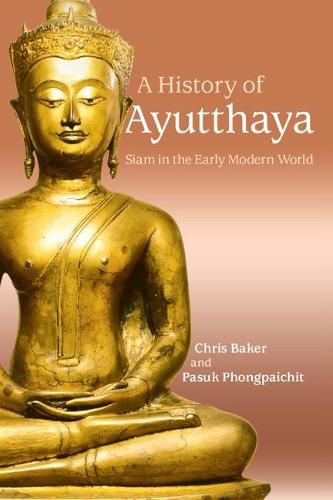Readings Newsletter
Become a Readings Member to make your shopping experience even easier.
Sign in or sign up for free!
You’re not far away from qualifying for FREE standard shipping within Australia
You’ve qualified for FREE standard shipping within Australia
The cart is loading…






Early European visitors placed Ayutthaya alongside China and India as the great powers of Asia. Yet in 1767 the city was destroyed and its history has been neglected. This book is the first study of Ayutthaya from its emergence in the thirteenth century until its fall. It offers a wide-ranging view of social, political, and cultural history with focus on commerce, kingship, Buddhism, and war. By drawing on a wide range of sources including chronicles, accounts by Europeans, Chinese, Persians, and Japanese, law, literature, art, landscape, and language, the book presents early Siam as a ‘commercial’ society, not the peasant society usually assumed. Baker and Phongpaichit attribute the fall of the city not to internal conflict or dynastic decline but failure to manage the social and political consequences of prosperity. This book is essential reading for all those interested in the history of Southeast Asia and the early modern world.
$9.00 standard shipping within Australia
FREE standard shipping within Australia for orders over $100.00
Express & International shipping calculated at checkout
Early European visitors placed Ayutthaya alongside China and India as the great powers of Asia. Yet in 1767 the city was destroyed and its history has been neglected. This book is the first study of Ayutthaya from its emergence in the thirteenth century until its fall. It offers a wide-ranging view of social, political, and cultural history with focus on commerce, kingship, Buddhism, and war. By drawing on a wide range of sources including chronicles, accounts by Europeans, Chinese, Persians, and Japanese, law, literature, art, landscape, and language, the book presents early Siam as a ‘commercial’ society, not the peasant society usually assumed. Baker and Phongpaichit attribute the fall of the city not to internal conflict or dynastic decline but failure to manage the social and political consequences of prosperity. This book is essential reading for all those interested in the history of Southeast Asia and the early modern world.